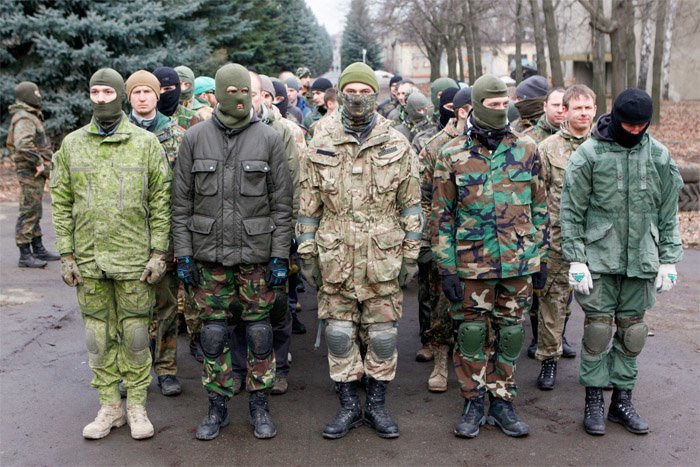
I mai 2014 hadde Vladimir Golstein en artikkel i Forbes under tittelen Why Everything You’ve Read About Ukraine Is Wrong. I forbindelse med konflikten mellom Porosjenko og Kolomoiski i Ukraina nå (25.05.2015) er det interessant å lese det Golstein skrev om Kolomoiski i 2014. Jeg gjengir det avsnittet i sin helhet.
The Western press, including Forbes, has underestimated the extent of oligarch Igor Kolomoisky’s influence. Taking the concept “corporate raiding” literally, Kolomoisky has employed paramilitary units at his disposal for all kinds of hostile takeovers. Undoubtedly a shrewd businessman, he managed to wrestle various businesses from such powerful competitors as the current president of Tatarstan, and, if we believe Putin, from Russian oligarch Roman Abramovich. Kolomoisky’s recent foray into politics has been carried out on the same grand scale. Even though he resides in Switzerland, he has been appointed the governor of the Dnepropetrovsk region. He has offered a bounty of $10,000 for any “Russian Separatist,” provided the Ukrainian army with necessary equipment, and armed nationalist volunteers. With the regular Ukrainian army reluctant to shoot its own population, Kolomoisky’s units have participated in various military attacks on the east, including the May 9 assault on Mariupol, where several civilians were killed. Russian sources connect him to the massacre in Odessa. Members of the new governor of Odessa, appointed after the massacre, are his close associates.
Kolomoisky’s “pro-Jewish” activity has its own share of controversy. He gives money to various restoration or construction projects from Jerusalem to his native Dnepropetrovsk, serves as the president of the Jewish community in Ukraine, and in 2010 he became the president of the European Council of Jewish Communities, following his promise to donate $14 million for various projects. Other EJCJ members described his appointment as a “hostile takeover Eastern European style.” After several of them resigned in protest, Kolomoisky quit the EJCJ, but not before he set up an “alternative” committee called European Jewish Union. Jewish leaders subservient to Kolomoisky claim that Ukraine is now an open, pluralistic society, but in light of Ukraine’s tradition of anti-Semitism and pogroms, it is hard to be optimistic.
The Western press complains about Putin’s state-controlled media, but Kolomoisky has no less information control. His business holdings include the largest Ukrainian media group, “1+1 Media,” the news agency “Unian,” as well as various internet sites, which enable him to whip public opinion into an anti-Putin frenzy. Andrew Higgins of The New York Times published a story with the headline, “Among Ukraine’s Jews, the Bigger Worry is Putin, Not Pogroms,” which praises Kolomoisky for adorning Dnepropetrovsk with “the world’s biggest Jewish community center” along with “a high tech Holocaust museum.” Higgins notes, however, that the museum “skirts the delicate issue of how some Ukrainian nationalists collaborated with Nazis…explaining instead how Jews supported Ukraine’s efforts to become an independent nation.” In other words, this high-tech museum is no more than a media project, as it focuses on issues unrelated to the Holocaust at the expense of honoring the victims and documenting the role of the Ukrainian collaborators.
PS:
Jeg har fått litt kritikk for ay jeg har brukt ordet «hird» om Kolomoiskis private armé, antakelig fordi folk forbinder dette med Hirden til Nasjonal Samling under krigen. Men jeg bruker ordet i dets opprinnelige norske betydning, og da er det meget treffende. En hird er betegnelsen på den private hæravdelinga eller livvakten til en konge eller stormann. De norske jarlene hadde egen hird.
Da Kolomoiski ble oppnevnt til guvernør over Dniepropetrovsk oblast i 2014, fikk han det nærmest i len. Det er en region med mye ressurser og 3,3 millioner innbyggere, og han har styrt det som sitt private jarledømme, eller len, komplett med sin egen hird.
Han ble avsatt av Porosjenko 24. mars 2015 og erstattet av Valentyn Reznychenko, som er oligarken Porosjenkos egen mann.


 oss 100 kroner!
oss 100 kroner!